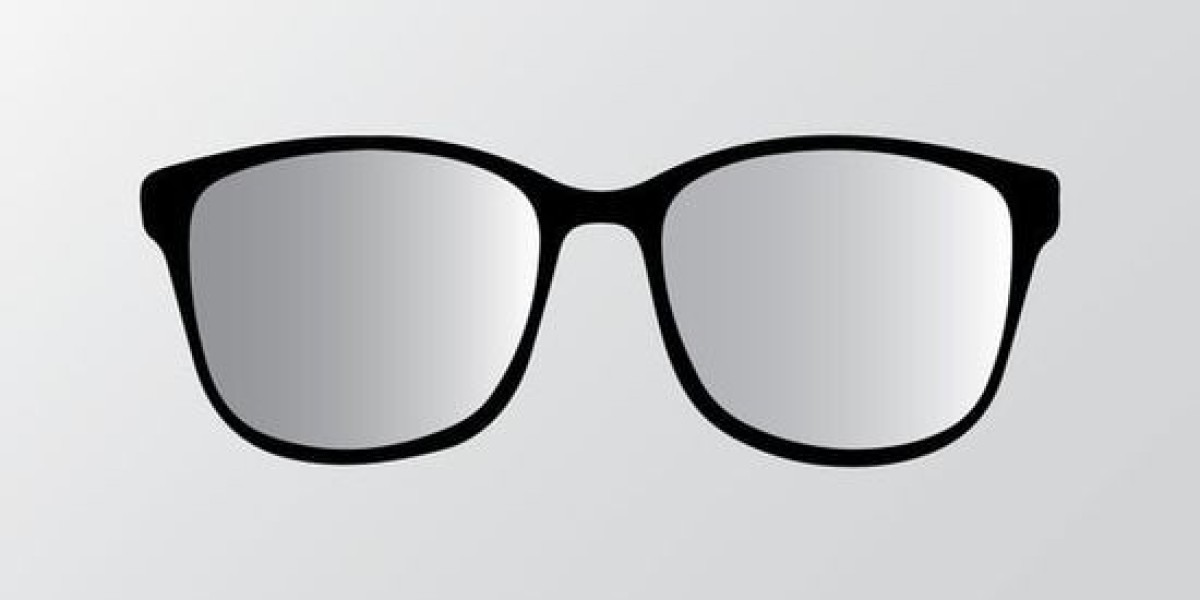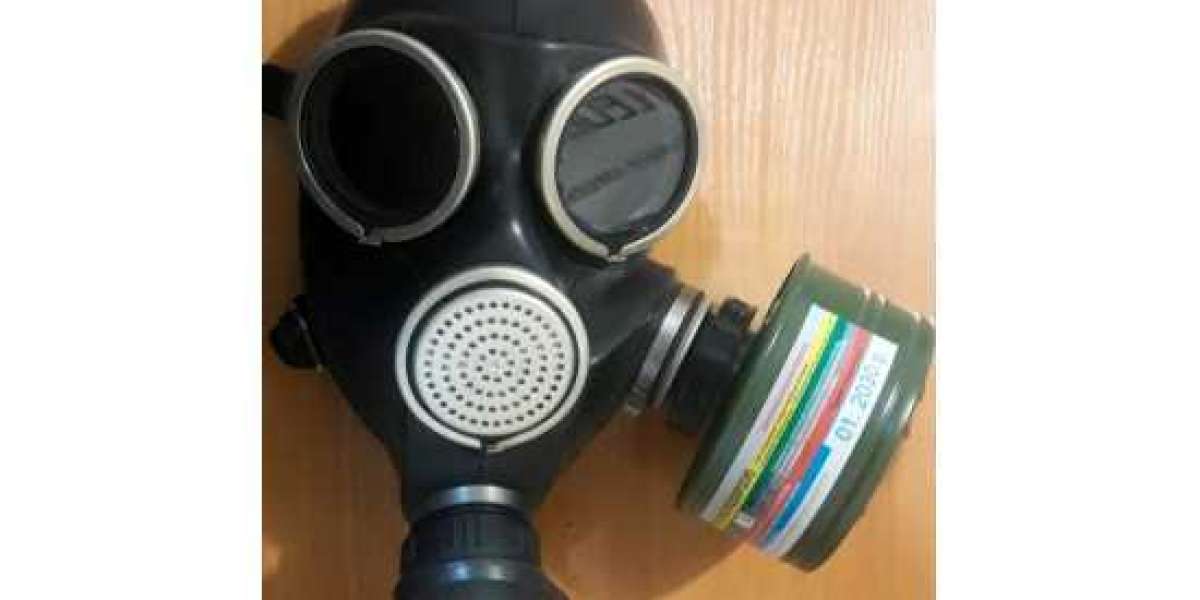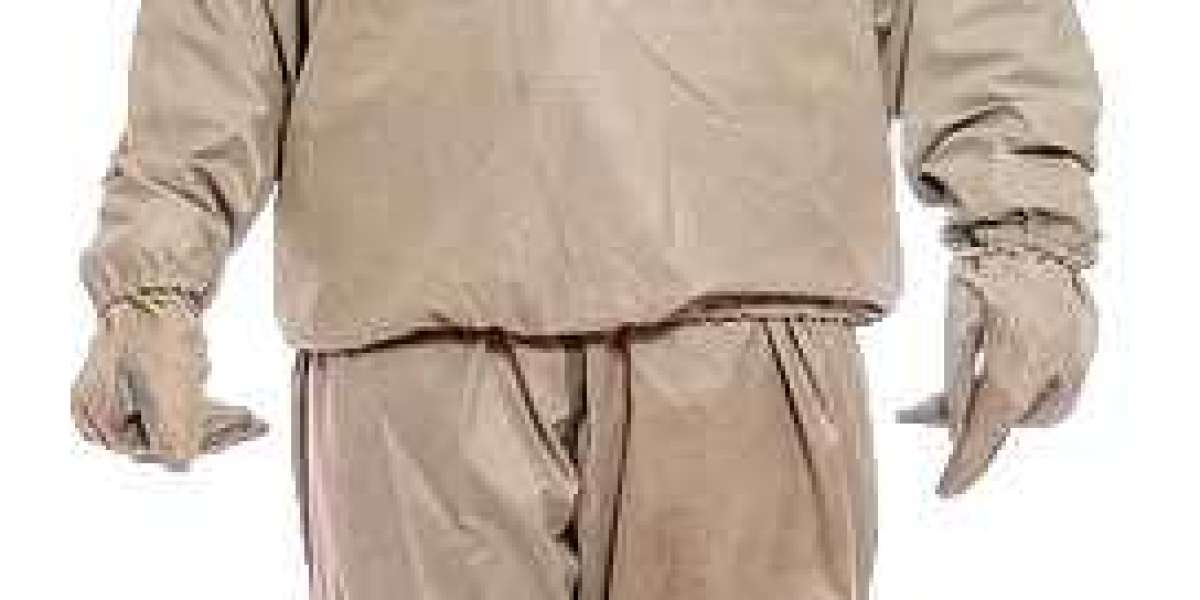The earliest eyeglasses online cheap in our country come from "magnifying glass", that is, convex lens in optical lens. The manufacture and application of eyeglasses are closely related to the appearance of optical lenses. According to legend, people accidentally discovered that convex lenses can magnify objects in daily life. At that time, someone saw a mosquito wrapped in a ball of rosin, and surprisingly, the mosquito looked particularly large. When opened, the mosquito wasn't as big as it looked when wrapped in rosin. Thus, people found that the rosin ball has an amplification effect. This discovery inspired people to understand the phenomenon of light refraction. Later, people polished natural crystals into convex lenses, used to magnify small objects, in order to break through the limitations of people's vision. According to "Ancient gems - Crystal", there were crystal lenses as far back as 2000 BC. This is the embryonic period of our glasses.
Insects in rosin balls
According to the preliminary research, the historical record of lenses and glasses in China first appeared in the "Mojing" written by the great thinker Mozi (460-376 BC) during the Spring and Autumn and Warring States periods. Volume 15 of the book recorded many discussions on light and flat, convex and concave mirrors. At the end of the Spring and Autumn period, there is a record of using concave spherical mirrors to make fire in the industrial and technical official book of the State of Qi. In addition, the Jin Dynasty Zhang Hua's "Natural history" has "cut the ice life round, lift to the sun, to Ai bearing its shadow will get fire" records, this is the so-called ice lens.
It can be seen that the ancients in our country used the focusing characteristics of convex lenses to make fire in the third and fourth centuries. In the early Eastern Han Dynasty, Zhang Heng (79-139 years) discovered the moon's waxing and waning and the primary causes of lunar and solar eclipses, also with the help of the function of lenses. In the "Dongtian Qinglu" written by Zhao Xihu in the Southern Song Dynasty, there is a record of "叆叇 (ai dai, describing thick clouds covering the sun), the old man can not distinguish details, so he can cover his eyes and see clearly".
The Ming Dynasty writer Tian Yiheng wrote in the "Stay green Day Zha" volume 2 "叆叇" : "Every time I read the article, my eyes are faint, I do not distinguish the details, so I cover my eyes, the spirit does not scattered, and the pen letter is clear. With silk silk, tied to the back of the head, people do not know, to ask more. Yu said: this 叆叇 also." Here, "叆叇" is the original name of the glasses.
The modern sense of the eyeglass frame (referred to as: frame) appeared in Spain in 1623. Modern eyeglass lenses (referred to as lenses) were invented in 1801 when Thomas Young, a British man, discovered that his eyes had astigmatism.
Old people wear glasses to read small print
Research shows that the ancient glasses in China are an oval lens made of rock crystals, rose quartz, yellow jade amethyst and so on. Because the tortoiseshell used to make spectacle frames is considered to be a sacred animal, and the transparent material used to make lenses is selected from a variety of precious stones, so at that time, people often wear glasses to show honor and look forward to good luck, and ignore the practicality of glasses.
Yellow flower pear glasses case
As early as the 13th century, ancient Chinese people already knew how to make crystal glasses to alleviate the problem of poor eyesight, but not many people wore glasses at that time. During the Xuande period of the Ming Dynasty (1416-1435), there began to be a single lens (similar to the current magnifying glass). Limited to the processing technology at that time, the monoscope only had presbyopia mirrors, and was limited to the court, and the emperor often gave it as a royal product to the elderly ministers to help them correct presbyopia. Since then, glasses have gradually entered people's lives. For ease of use, some people sew the lens on the hat, and some people put the lens in the iron ring.
monoscope
It was not until the 16th century that the double mirror on the bridge of the nose appeared. When using a double lens, tie a line at both ends of the frame, and then hang the line over the ear. With the continuous improvement of the production process, the frame gradually from complex to simple, from rough to exquisite. Frame production materials are also more and more rich, in addition to tortoiseshell, there are paper rings, patent leather, horn, copper rings and so on. These frames were gradually replaced by frames with mirror legs in the Qing Dynasty. The frame with mirror feet is beautiful and convenient, and is favored by people, and even a fashionable trend has appeared to wear glasses (flat light glasses).
bilens
Interestingly, in the Qing Dynasty, the depth scale of the lens was divided according to the twelve branches of the earth, which was recorded in the historical notes "Xiang Yan Jieyi" written by the Qing Dynasty literati Li Guangting.
In the seventh year of Yongzheng (1729), Dai Jinxian, a Western man, presented a pair of western glass glasses to the Yongzheng Emperor. After wearing them, he felt very good, so he asked the craftsmen to make many pairs, and in addition to using them himself, he also gave them to the ministers who were worthy of service. Emperor Qianlong once said to his minister Ho-Shen: "The alias of glasses 叆叇, I know it from the beginning." For this reason, he once named the examination question 叆叇, and a poem by great scholar Ruan Yuan won the first place for his vivid prose, whose poem "Guiding the mirror can make the eye bright, the glass try to grind." Good name passed 叆叇, elegant made Europa. ..." The function of glasses, raw materials, origin and so on are briefly summarized, and the efficacy is also introduced. Emperor Qianlong himself used glasses and wrote a poem about glasses.
Glasses made by the imperial court in the Qing Dynasty
At the end of the Qing Dynasty, eyeglasses vendors in Shanghai often placed a variety of glasses in a square flat wooden box, with myopia mirror, farsighter mirror, presbyopia mirror, astigmatism mirror, as well as flat lens and sunglasses. The lid is equipped with a hanging buckle, open the box, with the lid, and arrange the glasses in the box in turn. Later, the square flat wooden box has become a spectacle vendors recruit. The vendor stands by, recommending all kinds of trendy glasses if there are customers. Once the customer selected the glasses, the vendor would take out a thread-bound book from his arms and ask the customer to look through it, which was the optometry at that time.








